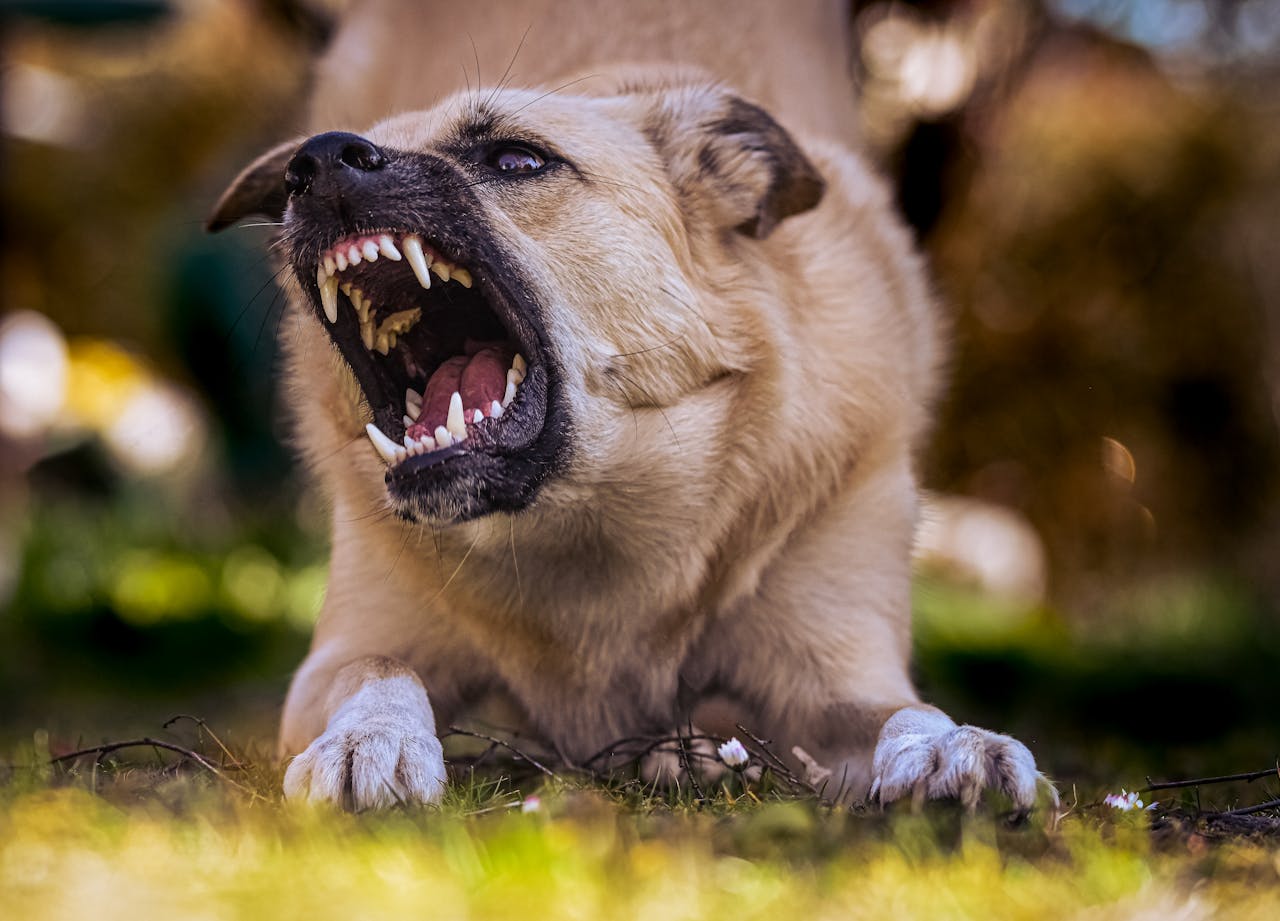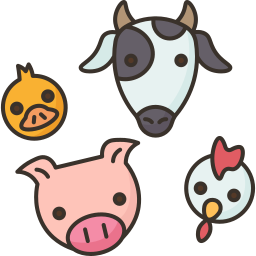Cattle farming stands as a symbol of America’s rich agricultural heritage with a multitude of cattle breeds thriving across its vast landscapes. From the rolling plains of the Midwest to the rugged terrain of the West, the United States is home to some of the world’s finest cattle breeds. In this comprehensive guide, we’ll delve deep into the top cattle breeds in the USA, exploring their origins, unique characteristics, and contributions to the nation’s agricultural landscape.
Below we have listed the top 5 cattle breeds in the United States
1 Angus Cattle
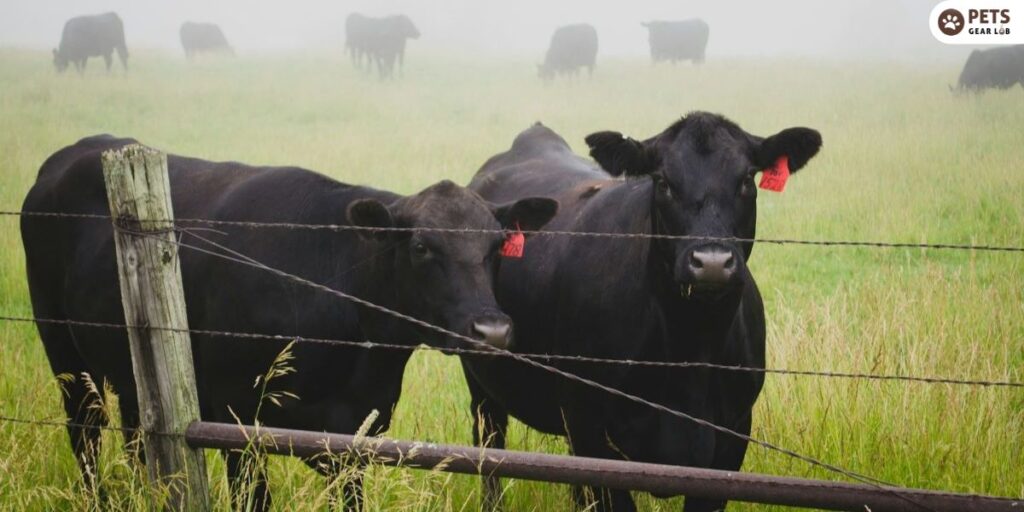
Angus cattle, with their distinctive black hides and robust build, are among the most recognizable and widely acclaimed beef cattle breeds in the United States. Originating from Scotland, Angus cattle were first introduced to American soil in the late 1800s and quickly gained popularity among ranchers for their exceptional meat quality and adaptability to various environmental conditions.
Angus beef, renowned for its superior marbling and tenderness, commands a premium price in both domestic and international markets, making Angus cattle a cornerstone of the US beef industry. Their efficient feed conversion and ease of calving, Angus cattle continue to play a pivotal role in meeting the nation’s ever-growing demand for high-quality beef.
2 Holstein Cattle

Holstein cattle, with their striking black-and-white markings and impressive milk production capabilities, dominate the dairy farming landscape in the United States. Originating from the Netherlands, Holsteins were first imported to America in the 19th century and have since become synonymous with dairy farming excellence.
Holstein cows are renowned for their unparalleled milk production, with some individuals producing upwards of 30,000 pounds of milk per year. Their distinctive black and white coloration and gentle demeanor make them a familiar sight on dairy farms across the country.
3 Hereford Cattle
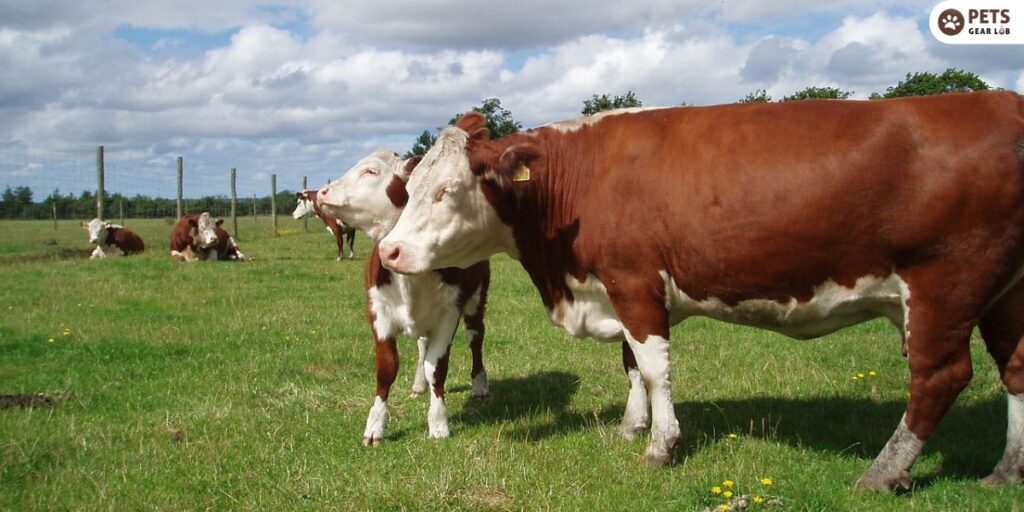
Hereford cattle, with their striking red bodies and white faces, hold a special place in the hearts of American ranchers. Originating from England, Herefords were first imported to the United States in the early 19th century and quickly gained popularity for their docile temperament and excellent foraging abilities.
Hereford cattle are known for their versatility, excelling in both beef production and dual-purpose systems. With their efficient feed conversion and superior maternal instincts, Herefords play a crucial role in sustainable beef production across a wide range of environments.
4 Brahman Cattle
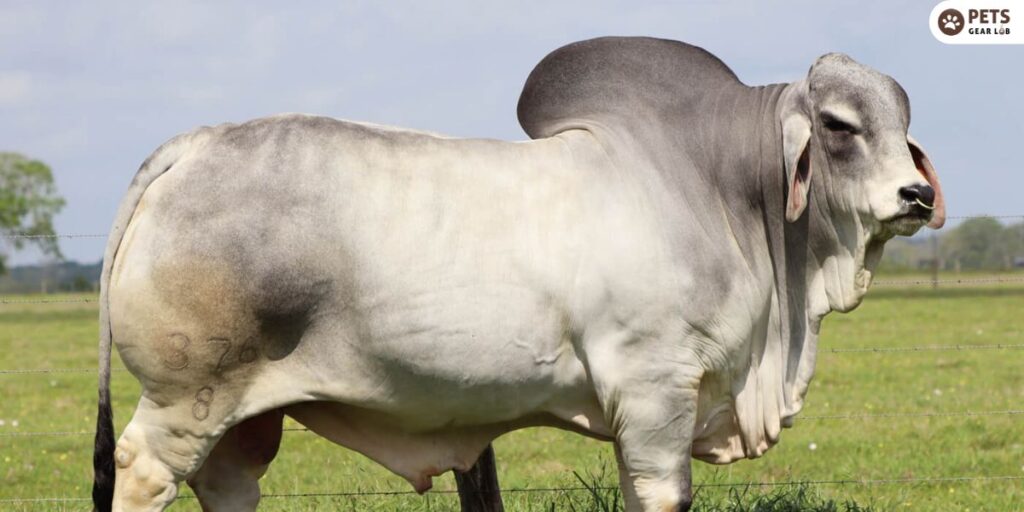
Brahman cattle, with their distinctive humps and loose skin, are a common sight in the southern United States, where they thrive in hot and humid climates. Originating from India, Brahman cattle were first introduced to America in the early 20th century and quickly gained popularity for their heat tolerance and disease resistance.
Brahmans are well-suited to the challenges of the southern climate, with their unique adaptations allowing them to thrive in environments where other breeds struggle. With their efficient feed conversion and resilience to environmental stressors, Brahman cattle play a vital role in the beef industry, particularly in regions prone to harsh weather conditions.
5 Simmental Cattle

Simmental cattle, originating from Switzerland, have gained popularity in the United States for their impressive growth rates and superior maternal instincts. With their distinctive red-and-white or black-and-white coloration and large-framed build, Simmentals are prized for their dual-purpose capabilities, excelling in both beef and dairy production systems.
Simmental cattle are renowned for their excellent feed conversion and carcass quality, making them a popular choice among ranchers seeking efficiency and profitability in beef production. With their gentle demeanor and adaptability to various management systems, Simmentals continue to play a significant role in meeting the diverse needs of American cattle producers.
Conclusion:
In conclusion, the United States is home to a diverse array of cattle breeds, each with its unique characteristics and contributions to the nation’s agricultural landscape. From Angus and Holsteins to Herefords, Brahman, and Simmentals, these breeds embody the resilience, versatility, and adaptability that define American cattle farming. By understanding the strengths and capabilities of each breed, ranchers can make informed decisions to ensure the sustainability and success of their operations in the dynamic and ever-evolving world of American agriculture.
What are the key factors to consider when selecting a cattle breed for beef production?
When choosing a cattle breed for beef production, factors such as meat quality, adaptability to local climate and terrain, feed efficiency, and calving ease are essential considerations. Each breed has its strengths and characteristics, so it’s crucial to assess your farm’s specific needs and goals before making a decision.
How do I determine the right cattle breed for my dairy farm?
Selecting the ideal cattle breed for a dairy farm involves evaluating factors such as milk production, butterfat content, protein levels, and temperament. Holstein cattle are renowned for their high milk yield, while Jersey and Guernsey cattle are prized for their rich and creamy milk. Consider your farm’s infrastructure, available resources, and management practices when choosing the most suitable breed for your dairy operation.
What are the main challenges associated with raising Brahman cattle in the southern United States?
While Brahman cattle are well-adapted to hot and humid climates, they may face challenges such as heat stress, tick infestations, and susceptibility to certain diseases. Proper management practices, including providing ample shade, access to clean water, and regular health monitoring, can help mitigate these challenges and ensure the health and well-being of Brahman cattle in southern regions.
Are Simmental cattle suitable for both beef and dairy production?
Yes, Simmental cattle are recognized as a dual-purpose breed, excelling in both beef and dairy production systems. Known for their rapid growth, excellent feed conversion, and superior maternal instincts, Simmentals are valued by ranchers seeking efficiency and versatility in their operations. Whether for beef or dairy production, Simmental cattle offer a valuable combination of traits that contribute to their popularity among farmers and ranchers.
How can I enhance the meat quality of Angus cattle on my farm?
To optimize the meat quality of Angus cattle, it’s essential to focus on factors such as genetics, nutrition, and management practices. Selecting high-quality breeding stock with desirable traits such as marbling and tenderness can lay the foundation for superior meat quality. Providing a balanced and nutritious diet, adequate grazing or feeding space, and proper animal care and handling are also critical factors that can influence the final product.
What are some common health issues that Hereford cattle may face, and how can they be prevented or treated?
Like all cattle breeds, Herefords may be susceptible to various health issues, including respiratory infections, digestive disorders, and reproductive problems. Preventive measures such as vaccination programs, regular health checks, and proper nutrition can help reduce the risk of disease outbreaks and maintain herd health. Prompt diagnosis and treatment by a qualified veterinarian are essential in managing health issues and ensuring the well-being of Hereford cattle on your farm.




